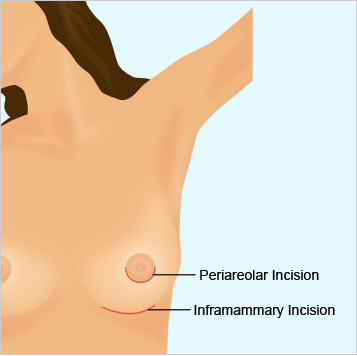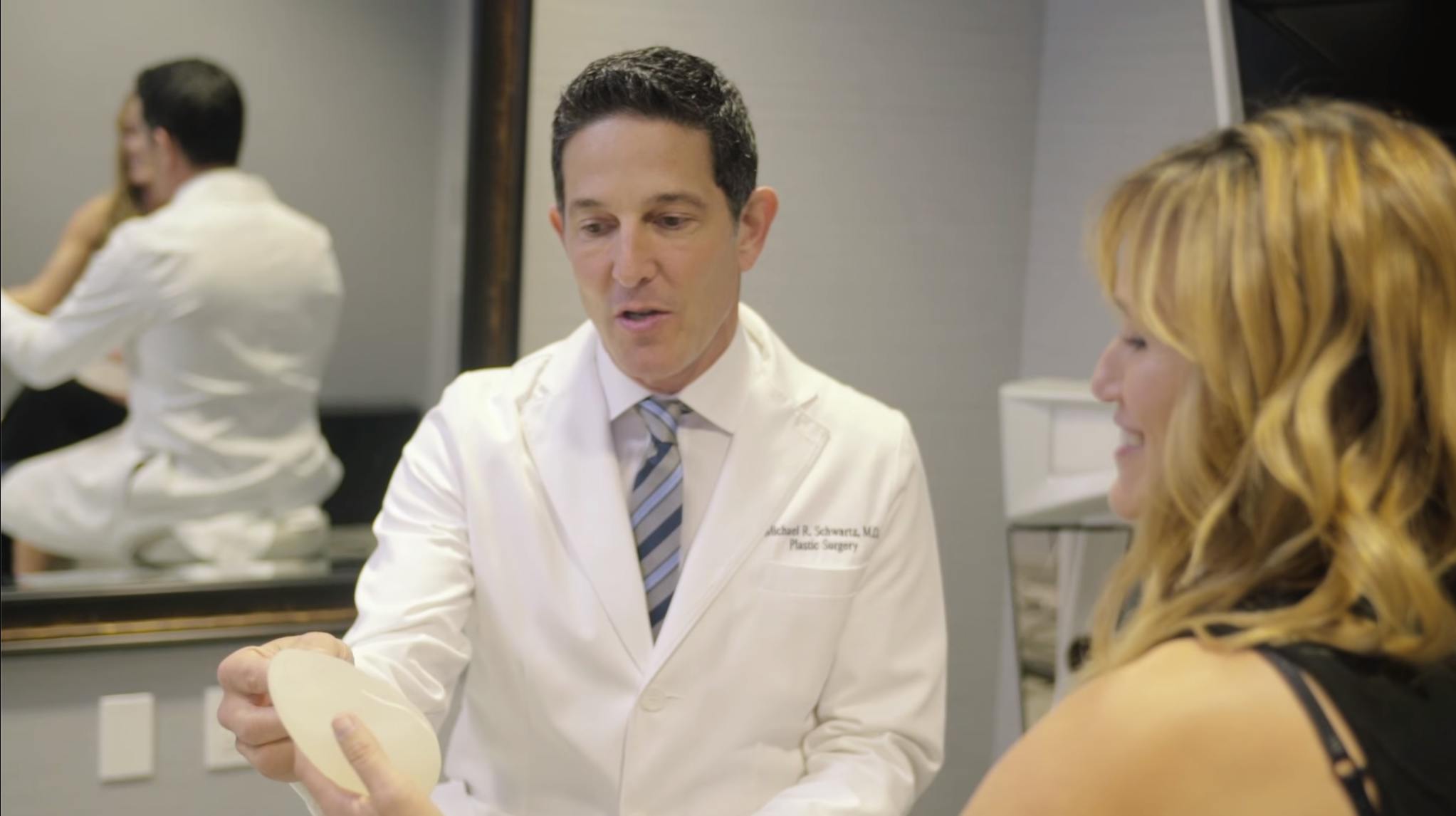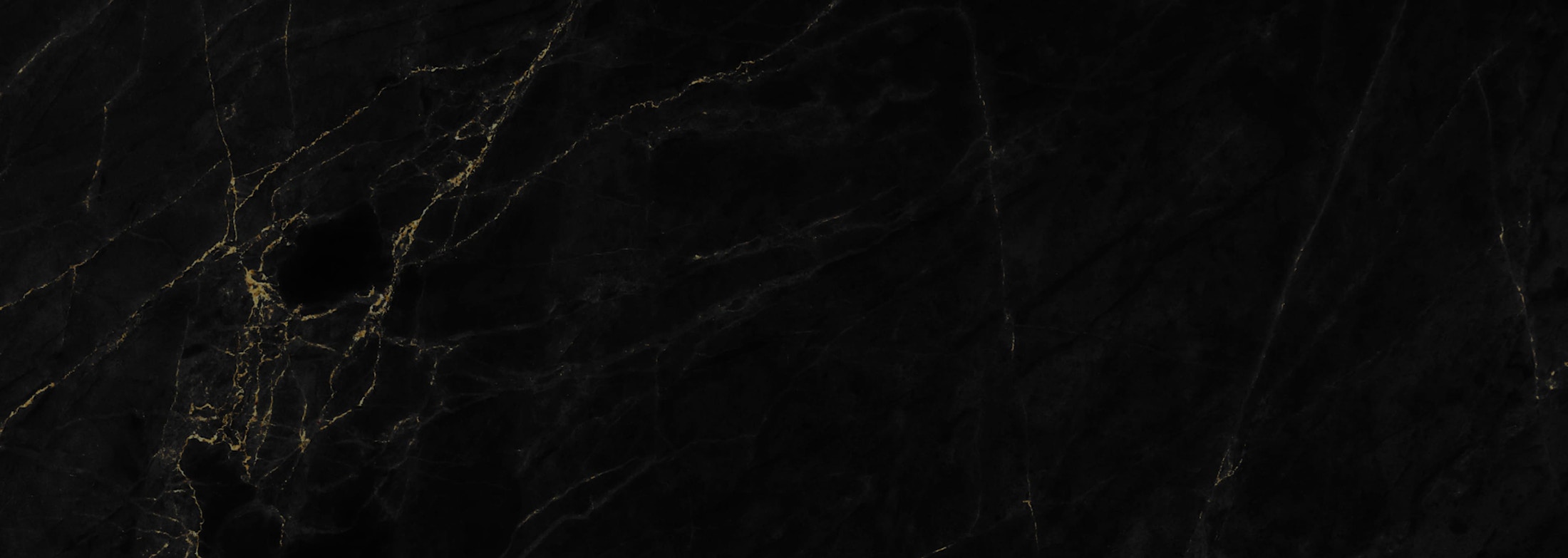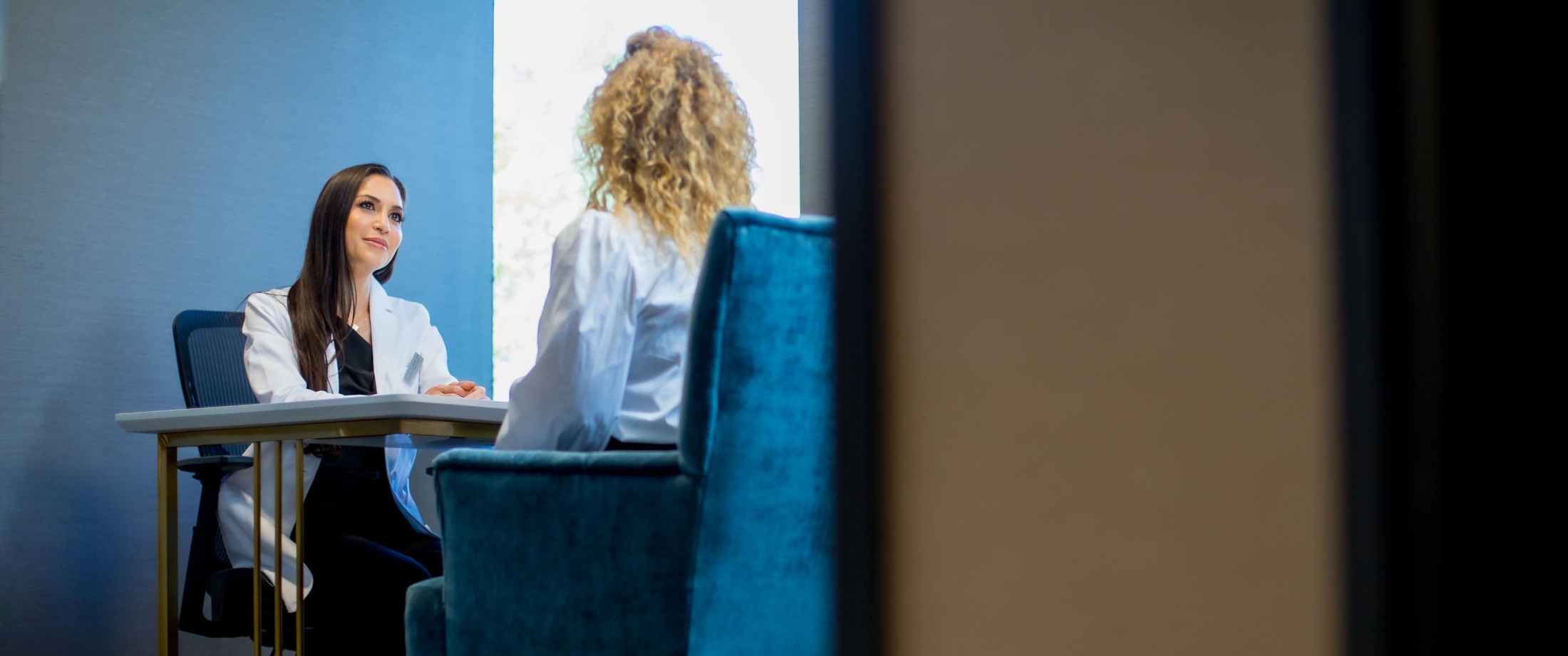See why patients of Los Angeles are raving about Dr. Schwartz and Dr. Stark's minimally invasive breast augmentation surgery and get the answers to commonly asked questions here.
What sets Dr. Schwartz apart from other breast augmentation surgeons in Los Angeles?
For nearly a decade, Dr. Michael R. Schwartz has been delivering arguably the best breast augmentation Los Angeles has to offer. With outstanding outcomes that are both uniquely personalized and beautifully organic, he has helped countless patients restore their confidence and comfort with their breasts. Having thousands of successful procedures under his belt, his expertise in breast surgery has led to extensive mentoring roles as a nationwide educator for Sientra and Mentor, two of the premier anatomical breast implant manufacturers.
Dr. Schwartz excels at minimally invasive breast augmentation with limited scarring and rapid recovery, achieving these ends through his rigorous adherence to the most cutting edge medical advances in cosmetic science. Additionally, Dr. Schwartz strives to create an atmosphere of respect, discretion and comfort throughout his practice, with most clients claiming his Los Angeles office as somewhat of a ‘second home’.
Who is a good candidate for breast augmentation?
In terms of age, there is no upper limit for undergoing the procedure. However, all clients must be non-smokers in good physical and mental health, with no major medical concerns such as hypertension or bleeding disorders.
On the other end of the spectrum, a client should be at least 18 years old before breast augmentation, as the breasts need time to finish growing completely. Other concerns for younger patients include the fact that pregnancy may affect the breast shape and size in the future, requiring breast implant revision.
Are there any viable non-surgical means of breast enhancement?
Although there may be aggressive marketing behind some non-surgical breast enhancement methods such as creams, vitamins, special bras, exercises, sexual activities, or breast pumps, none of these has proven to be objectively effective either temporarily or long term. Birth control pills, pregnancy and weight gain may result in larger breasts, but these changes tend to be unpredictable and vary greatly from person to person. Surgical breast enhancement performed by a qualified, board certified plastic surgeon is among the only sure ways to beautifully augment the bust.
Is breast augmentation painful?
Dr. Schwartz practices conservation and economy when making any incision, reducing downtime and post-operative pain as much as possible. Should you require pain medications after surgery, you will have ample access to them in accordance with your overall recovery plan outlined by the doctor.
What type of incisions does Dr. Schwartz make?
The type of incision chosen will depend largely on the information gleaned from your consultation, however the following overview will help to familiarize you with the options.
Periareolar incision: Incision is made around the pigmented areolar complex. This method is often chosen when the doctor is also performing a breast lift.
Inframammary incision: Incision is placed in the breast crease, where it is nicely hidden and can also be reused for a later revision or even a reverse tummy tuck.

How can I anticipate my results?
Dr. Schwartz and Dr. Stark understand that undergoing breast augmentation for the first time can be filled with unknowns. Will it be worth it? Will I be able to achieve the look I envision? These are all important questions, and they will be covered in detail during your confidential consultation. Dr. Schwartz and Dr. Stark help their Los Angeles breast augmentation patients preview their outcomes in three ways: through a comprehensive library of before and after photographs; through advanced 3D imaging; and with the assistance of test implants you can stick under your shirt to view in the mirror.
How long will my results last?
On average, breast implants will continue to please for about 15-20 years. In some case, significant weight gain or weight loss may affect the appearance of the implant, or the implant may shift or cause complications, requiring revision surgery. Thanks to Dr. Schwartz and Dr. Stark's advanced approach, however, the risk of implant rupturing or migration is extremely low.
Is a mammogram required for breast augmentation?
Dr. Schwartz and Dr. Stark are dedicated to preserving the long-term health and vitality of all his Los Angeles breast surgery patients. They therefore will recommend that anyone over the age of 40 be screened for breast cancer, especially if there is any history of the disease in the family. This leads to the peace of mind and confidence that is essentially in securing a successful outcome.
Will I be able to breastfeed after surgery?
Thanks to Dr. Schwartz and Dr. Stark's meticulous, nipple-sparing surgical technique, you will have no problem with nursing after breast augmentation surgery. Sensation and sensitivity in the areola complex is completely preserved.
How soon after childbirth can I undergo a breast augmentation procedure?
After pregnancy, the breasts transform, either returning to their original shape and size, or in some cases, becoming deflated and droopy. In general, it takes about 10-12 weeks for these changes to solidify, at which point it is safe to pursue cosmetic breast enhancement. The doctor will also check to make sure you are no longer lactating, as this can lead to a higher risk of complications and/or infection.
Should I combine my breast augmentation procedure with a breast lift?
Breast augmentation will help fill out your bust and enhance your breast size, however further changes may be required if you suffer from excessive breast ptosis (sagging) or desire a perkier nipple placement or elevated breast angle. These alterations can be achieved through a combination mastopexy and augmentation procedure, which diminishes downtime and post-op discomfort as compared with having the surgeries separately. During your consultation, Dr. Schwartz and Dr. Stark will help you to decide if this dual procedure is the best option for your needs, given your skin’s elasticity, your degree of breast ptosis, and the angle of your nipples.
What will my recovery entail?
People heal at different rates, but most of Dr. Schwartz and Dr. Stark’s patients experience a swift and incident-free recovery period. Some swelling, bruising and general discomfort is to be expected, but these will abate within a few weeks. It’s important to refrain from too much activity in the beginning, to ensure you heal properly. This means avoiding lifting, twisting, as well as many household chores. It can be a good idea to hire a caregiver for a week or so just to help maintain childcare duties and basic self-care, if a friend or family member is not immediately available.





